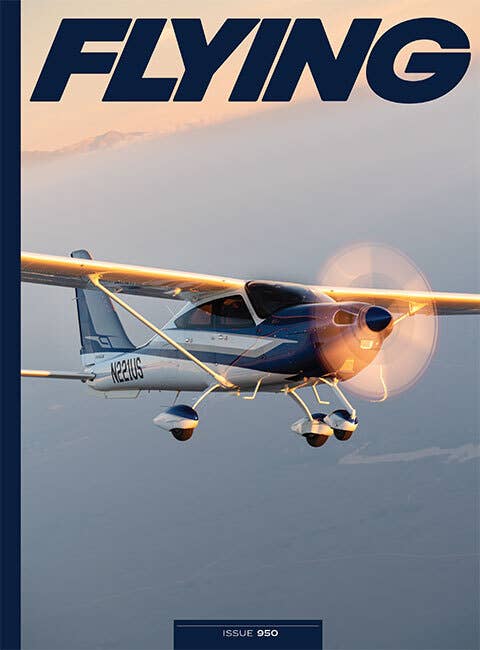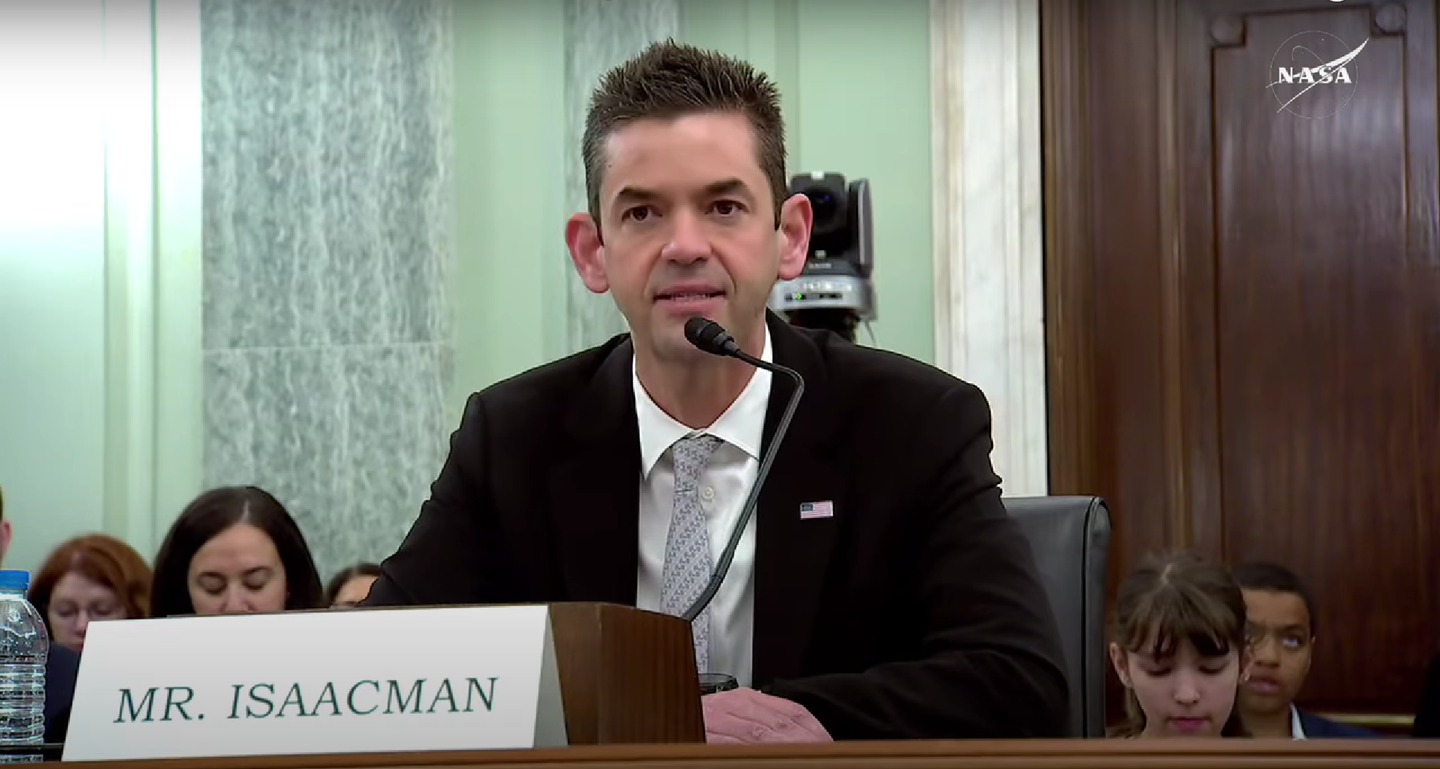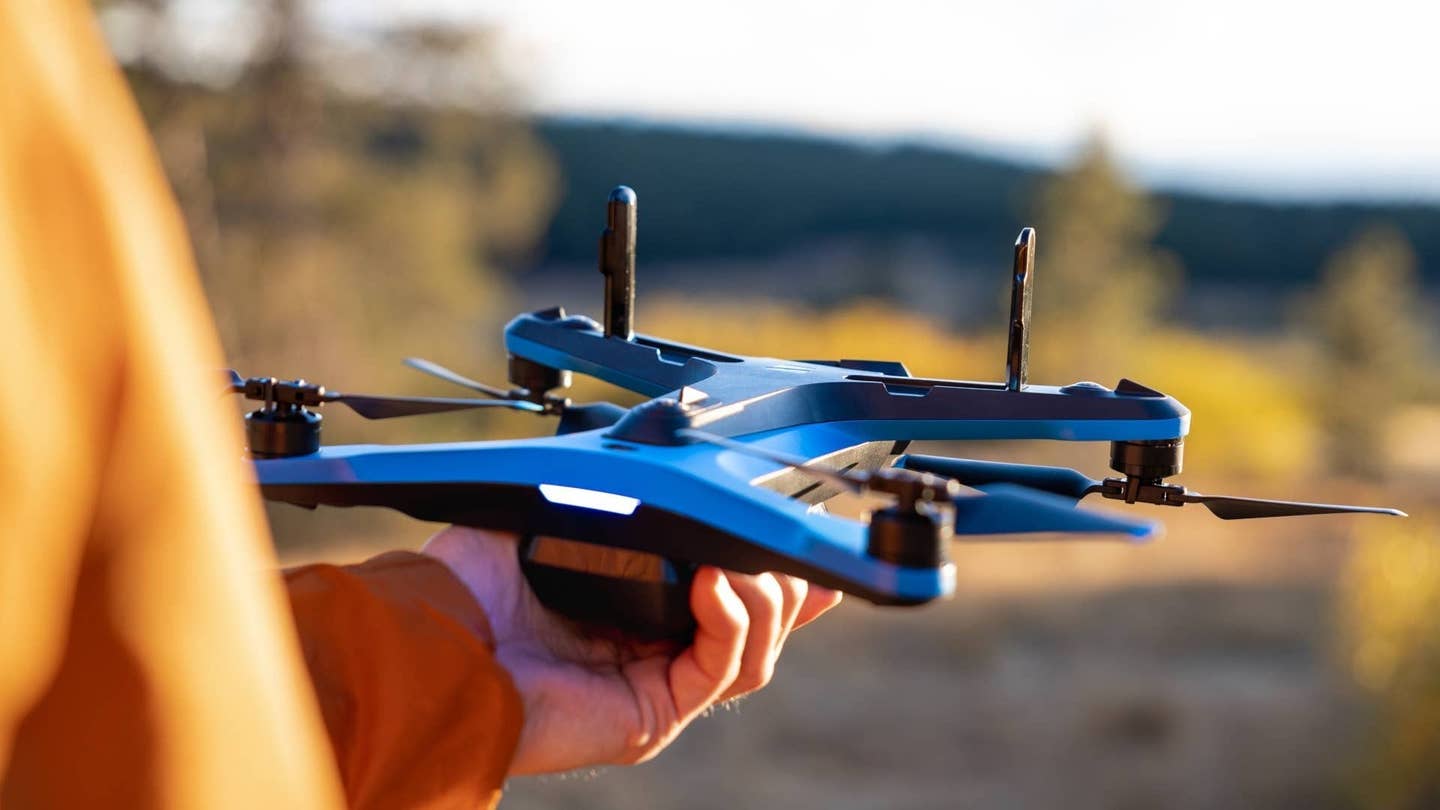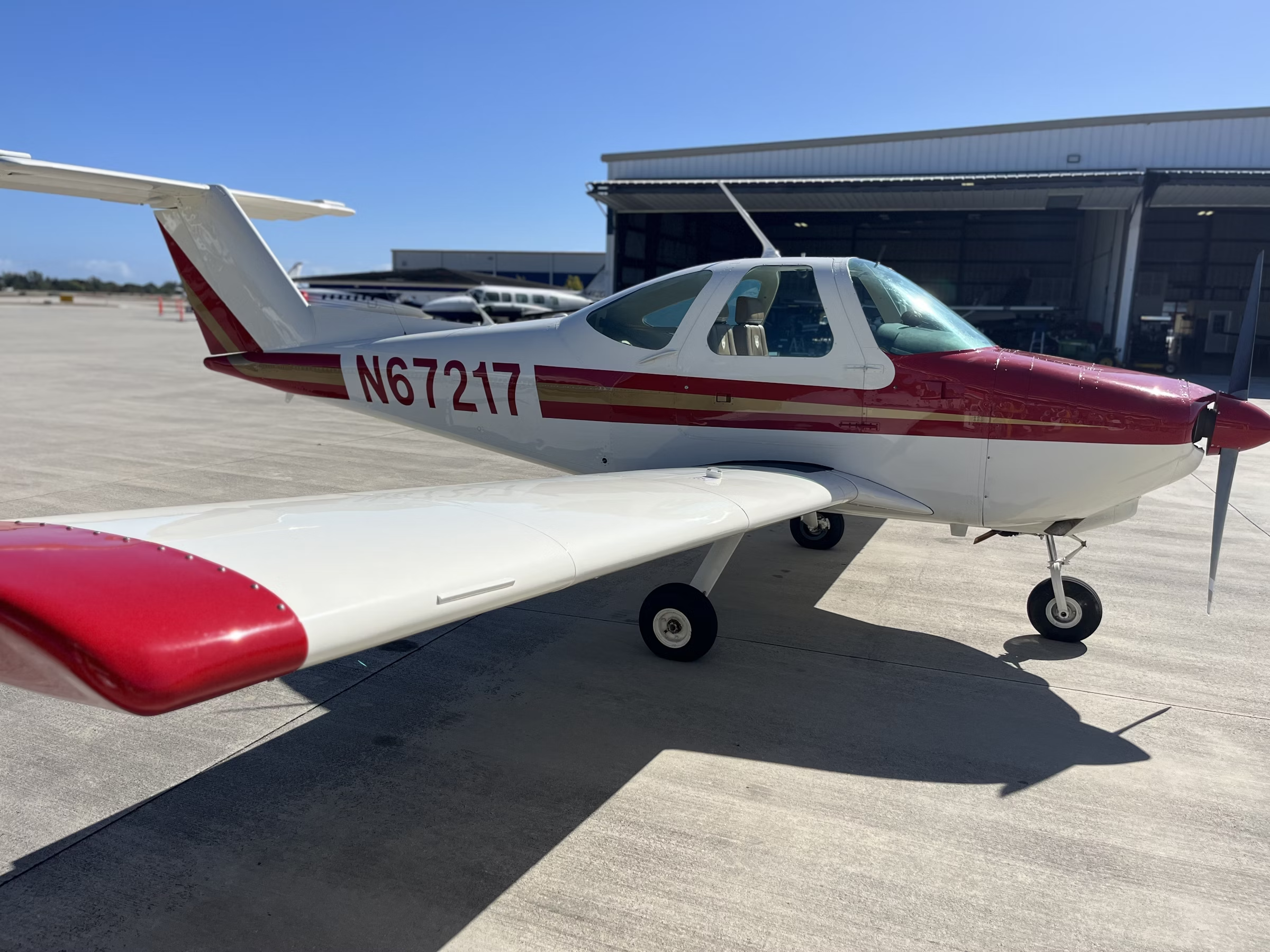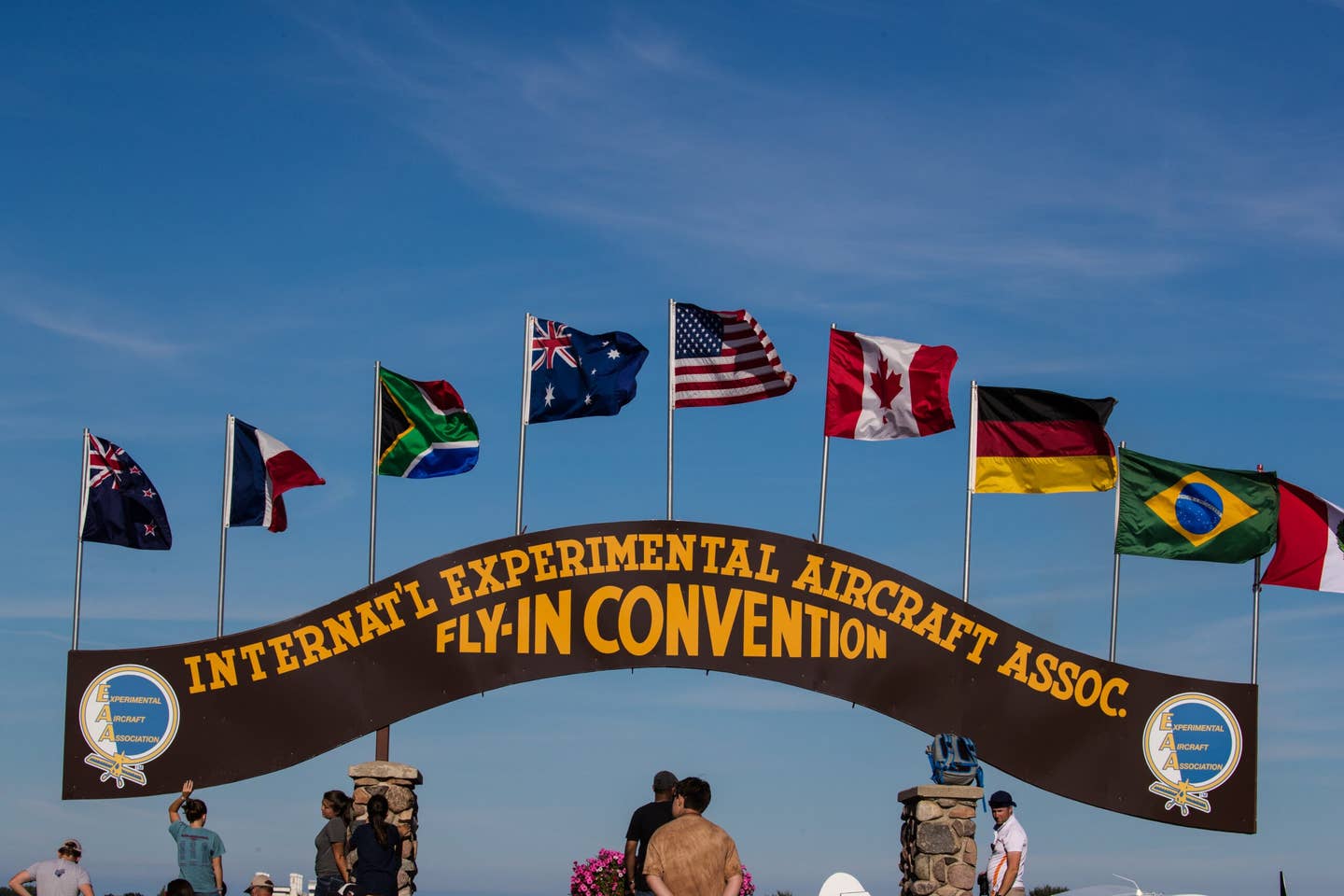Wildcat Approaches: ‘Anti-Authority Attitude’ Goes Away
In this fatal accident case, it really was a doctor, and it really was a Bonanza.

At the time of the accident, the automated METAR reported quarter-mile visibility and a 200-foot overcast ceiling. [Adobe Stock]
In days of yore, the phrase “a doctor in a Bonanza” referred sarcastically to a pilot of unwarranted arrogance. But I’m dating myself. Perhaps the equivalent today is a hedge fund manager in a TBM.
In this case, however, it really was a doctor, and it really was a Bonanza.
If you're not already a subscriber, what are you waiting for? Subscribe today to get the issue as soon as it is released in either Print or Digital formats.
Subscribe NowThe fatal accident occurred in November 2022 at Tucker-Guthrie Memorial Airport (I35) in Harlan, Kentucky. The 3,500-foot runway is situated atop a flattened-out ridge, several hundred feet above the surrounding valley. Just short of the threshold of Runway 8, the plateau drops off vertically, like the stern of an aircraft carrier. The airport is served by a single GPS instrument approach to Runway 8, with minimums of 1,400 feet agl and 1.25-mile visibility.
At the time of the accident, the automated METAR reported quarter-mile visibility and a 200-foot overcast ceiling. A helicopter pilot at the airport at the time described heavy fog and visibility around 300 feet.
- READ MORE: Flying Between a Rock and a Hard Place
The doctor, an ophthalmologist who frequently flew to Harlan to see patients there, had left Knoxville, Tennessee, in VFR conditions at 9 in the morning. He did not file a flight plan, and he must certainly have remained VFR on the 60 nm trip.
Arriving at Harlan, he found the airport blanketed by a layer of fog. It wasn’t the first time. On other occasions he had arrived to find a low overcast ceiling, but he had landed using an improvised approach, similar to the GPS approach but descending much lower. The National Transportation Safety Board (NTSB) accident investigator correlated the doctor’s logged flights with METAR records for I35 and found that between August and November 2022, he had flown to I35 15 times and on at least four occasions had landed when the automated METAR reported ceilings far below IFR minimums, but good visibility below the clouds. His logbook recorded one occasion, four years earlier, in which he had dropped down to take a look, failed to get sight of the runway, and deviated to a nearby alternate, Middlesboro-Bell County (1A6) in Kentucky, 23 miles southwest of I35.
The doctor, 56, was not a novice. An instrument-rated private pilot, he had logged nearly 3,800 hours, more than 3,400 of them in his A36. At the time of the accident he was not strictly instrument current but had flown 56 hours in the past 90 days and made three instrument approaches in the past six months. Currency or the lack of it does not seem to have much bearing on the accident, however, and, if you include the approaches flown using procedures unknown to the FAA, he had exceeded the required six.
- READ MORE: Crashed Baron Leaves Pile of Unanswered Questions
The real mortal sin is not that he wasn’t current. It’s wildcatting approaches in IMC. This the doctor regularly did, and so successfully that he must have felt there was little risk.
On the day of the accident, he announced himself a couple of miles out on the CTAF. After that, there were no further transmissions. His ADS-B altitude had been faulty throughout the flight and gave NTSB investigators no useful information, but track data showed him initially arriving along the extended centerline of Runway 8, overflying it, reversing course, and returning for a second pass. The helicopter pilot described the first pass as high and the second as sounding “really low.” Perhaps the pilot glimpsed the runway during the second approach, because he turned around, flew farther back this time, and then turned inbound for a third try. He precisely tracked the extended centerline from 2 miles out, only to slam into the rock wall just short of the threshold and 50 feet below the runway elevation.
The NTSB’s finding of probable cause cites the pilot’s “visual flight rules flight into instrument meteorological conditions.” The phrasing is odd. It seems to associate this accident with those in which a noninstrument pilot strays into IMC and becomes disoriented. Actually, it was something quite different. The track the pilot flew resembled the published GPS procedure, except that his glidepath followed the extended centerline while the approved route approaches the runway at a shallow angle. He was VFR because he did not have a clearance. But he was an instrument-rated pilot in an instrument-equipped airplane, and so the accident really has more in common with those in which a pilot flying an established approach ducks below an MDA or DH in hope of glimpsing the runway or its environment. It also has something in common with cases in which pilots use homemade approach procedures to land at private-use fields or ones with no published procedure.
The causes of accidents can be viewed through many lenses. The proximate cause of this accident—the one we see with the close-up lens—was the basic error of allowing the airplane’s altitude to drop below the runway elevation.
We don’t know why that happened. It could have been a faulty altimeter setting, or the pilot may have lost focus on his altitude while his attention was diverted to the outside. The fact that the METAR reported a 200-foot ceiling may have encouraged him to believe what he wanted to believe—that he might find adequate visibility below the clouds, as he had on several recent approaches. In any case, it’s certain that he did not intentionally descend below the runway elevation.
The NTSB, however, was less interested in proximate causes than in remote ones—the view through the wide-angle lens. A contributing factor, it wrote, was the “pilot’s hazardous anti-authority attitude.”
We are on a perilous margin when we begin to attribute accidents to character traits. The evidence for the doctor’s anti-authority attitude was his habit of making illegal approaches at this airport—no other evidence of renegade flying, driving, or unconventional medical practices was cited—and the fact that he was using a couple of anti-obesity medications prescribed by the FAA. The NTSB conceded that it was unlikely the drugs had been a factor in the accident. It was his flouting the rule that revealed his “attitude.”
Drug use and the habitual violations of instrument minima reflected a sense—widely shared—that one’s own skill and knowledge in particular circumstances outweigh general rules. Many of us drive that way—speeding, making rolling stops and illegal U-turns, and so on—because we feel that we are good judges of what is safe to do on the road in a given situation. It’s not that we’re chronically hostile to authority in the abstract. We simply consider ourselves the best authority on the here and now.
The rule about instrument approaches is simple and easy to follow: If you don’t descend below minimums, you won’t collide with the ground. Some might break that rule from time to time with impunity, but impunity doesn’t last forever.
This column first appeared in the February Issue 955 of the FLYING print edition.

Sign-up for newsletters & special offers!
Get the latest FLYING stories & special offers delivered directly to your inbox

